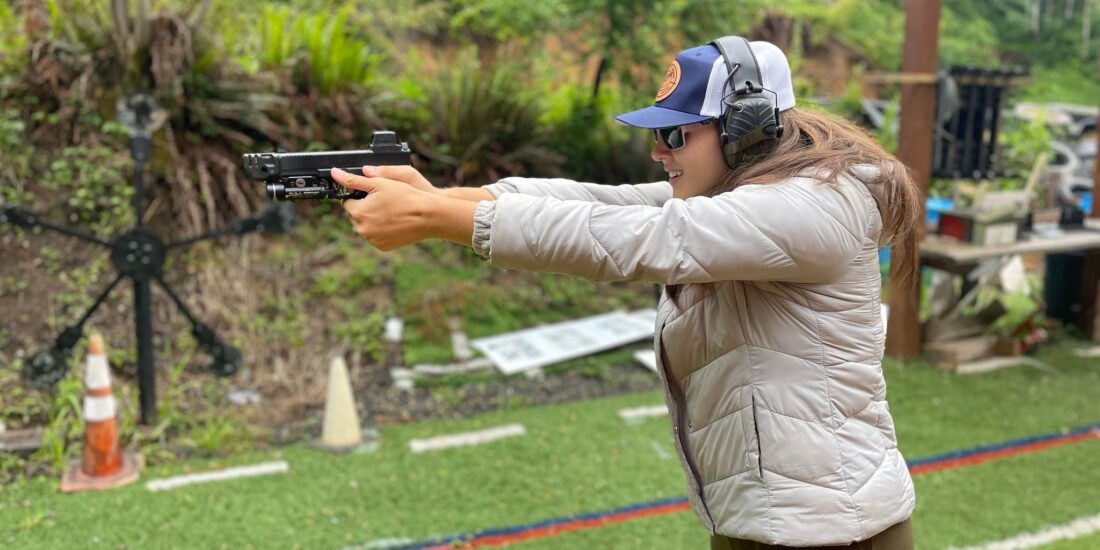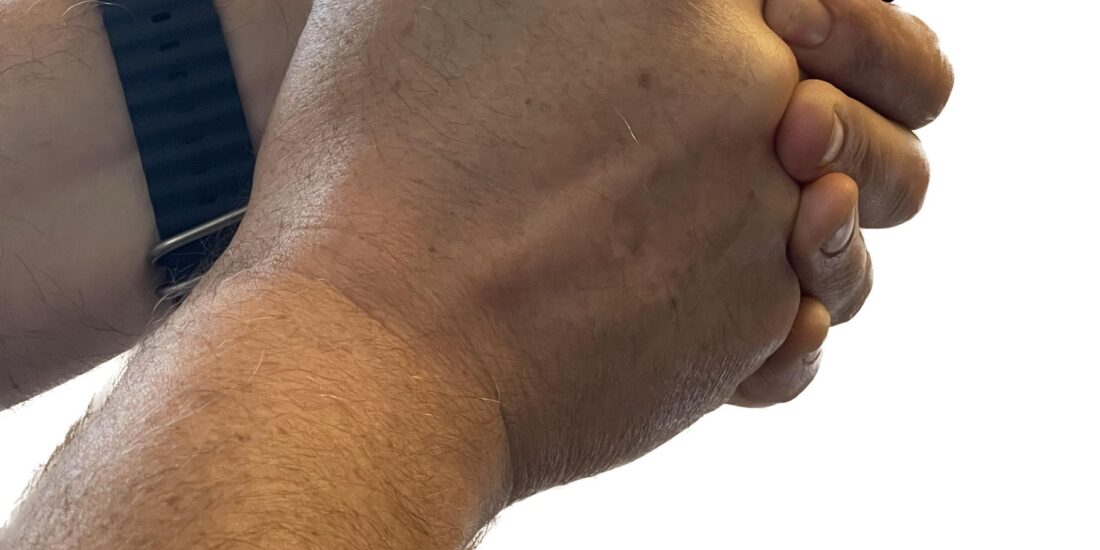Developing Scenarios for Better Training

Hi Shooters,
Scenarios are an effective tool for training. This is nothing more than creating walk through of a potential occurrence. There are no shortage of stories of soldiers, spies and others imagining possibilities of their missions and training for them. The very structure and nature of training is an attempt to recreate the possibilities present in an engagement so that both muscle memory a familiarity are gained (while being safe). I think it would be helpful to talk a bit about what makes a scenario effective and efficient. Let’s examine four concepts prior to some practical applications.
- Muscle Memory: this part of training is referenced so often it wouldn’t be worth mentioning if it wasn’t so vital. This, at its highest level, is repetition. If you do something correctly a thousand times, you’ll always do it that way. Some examples:
- Indexing your elbow off your chest for pistol reloads
- The four step OWB pistol draw
- Trigger Press
- Familiarity: This training apparatus is easy to explain, but almost impossible to master. It is often known as the basics. I like to rebrand it a bit because I think basics imply easy. These familiarity drills approximate any situation, but can’t replicate actual field conditions. This is why training with experienced professionals is so important. They have seen many variations, and so they can create patterns that can be used in a general way. A great example of this is your footwork around the opening to a room – a familiar person will know “how” to enter any given room, even if that room isn’t exactly like the rooms they trained with.
- Effectiveness: Having effective training is paramount to your success. I deserve a Nobel prize for that idea. Here’s what I mean: training for military situations as a civilian shooter can be ineffective. While I love practicing entering a room like in Rimadi, that is not effective training. I will probably not need to do that in the near future. Given a long enough time line you may need to master that skill. But prior to that – how good are you at controlling your screaming wife? How about when getting shot at? Effective training means picking the correct training for you. Some of the best shooters I know are civilians; thousands of rounds down range. When I train them, I focus on giving them effective scenario training so they don’t waste their time learning and improving at something they don’t need.
- Efficient Training: We all have busy lives. Our training has to fit cleanly into that schedule. What does that mean? It means when you come to the range or class, you are ready to roll. Your gun is clean and oiled, you have everything you need and you have your range plan down. If you need more detail on this see my previous post (INSERT LINK). It also means be aggressive, not wasting time, and picking drills that build you up as a competent shooter and defender of human life (MORE ON THIS LATER, MINDSET POST).
Okay with those four principles understood let’s break training down into two further categories: Skills and Drills. Drills are the easy part: changing mags for example. Skills are wider concepts, for example, knowing how to work around a car is a skill. In almost all cases a general skill can be broken down into (or built up from) a series of drills.
When you go to the range it is important that you plan every step with litteral military precision. This is why attending classes is so important: You learn how to train on your own. I realize this is a bit sales-ey because we teach training – but you’d be hard pressed to find any professional who wouldn’t agree. While I think that we provide the best value out there, other great firearms teachers can be used in the same way. Beyond learning how to train there is one more component to speak of when thinking about training: bad habits. They are super hard to get over. So learn it right from someone who really really REALLY knows their stuff.
by First Seargent G:
I am first and foremost a civilian firearms enthusiast these days and
firm believer of the 2nd Amedment. I am lucky enough to teach
responsible civlians and law enforcement officers shooting and medical first response in small classes. I served in the IDF in a special reconnasisance unit that was formerly under the Paratroopers Briggade and is now part of the 89th “Oz” Briggade. I subscribe to the idea that no one technique covers every situation and dogma has no place in
firearms training – especially when threats devlop and evolve so
rapidly. Always carry a tourniquet!






